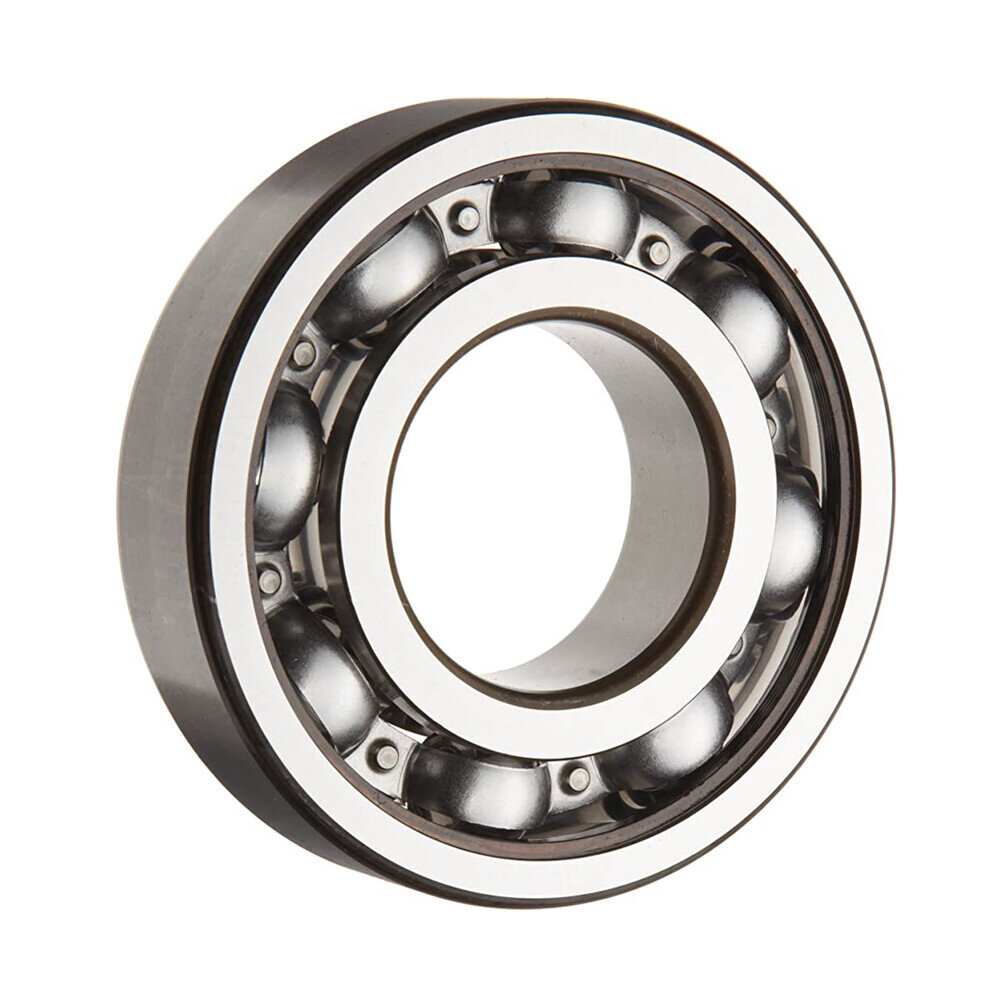Understanding the Self-Aligning Ball Bearing Size Chart
Understanding the Self-Aligning Ball Bearing Size Chart
Blog Article
Understanding the Self-Aligning Ball Bearing Size Chart
Self aligning ball bearing catalogue are vital components of various machines and equipments, well-known for their capacity to withstand misalignments and reduce friction. These bearings are particularly valuable in situations where shafts might experience misalignment due to assembly errors or the operation of. Understanding what dimensions, specifications and features of auto-aligning ball bearings is vital to choose the best bearing for your application. This guide gives a thorough outline of the most important dimensions and specifications to consider.

Dimensions and Basic Specifications
Self-aligning ball bearings can be found in a variety of dimensions and specifications, each suitable for specific uses. The primary dimensions to consider include bore diameter, the outer diameter and width. These dimensions are typically specified in millimeters and are fundamental to determine the bearing's compatibility with the machine you are using it.
Bore Diameter (d): This is the inner diameter of the bearing that is fitted onto the shaft. Bore diameters can range from as little as 10 mm to over 100 mm, depending on the bearing size. Accurate measurement of the bore diameter is essential to ensure that the bearing is properly fitted and avoid issues such as excessive play or shaft misalignment.
The Outer Diameter (D): The outer diameter is the diameter of the bearing which determines how it fits into the housing or support structure. It is essential to ensure that the bearing is securely within the specified space. The outer diameter can be varied, typically ranging from 30 millimeters to 150 millimeters or more.
Width (B): The width of the bearing is the distance between its outer and inner rings. This dimension influences the bearing's capacity for carrying loads as well as its overall stability. Widths are usually available in a variety of sizes to accommodate different load requirements and space limitations.
Load Ratings and Material Specifications
When deciding on self-aligning bearings load ratings are a further critical consideration. Bearings are subjected to different types of loads, which include the axial and radial load. Self-aligning ball bearings are made to handle radial loads and moderate axial loads across both direction. The load ratings, defined as static and dynamic load ratings, show the bearing's capacity to withstand these forces with no risk of premature failure.
Dynamic Load Rating (C): This rating reflects the ability of the bearing to take on radial loads while in operation. It is usually expressed in kilonewtons (kN) and reflects the bearing's performance in normal operating conditions.
Static Load Rating (C0) The static load rating demonstrates the capacity of a bearing to handle static loads without causing excessive deformation. This rating is crucial for applications where the bearing may be subjected to heavy loads while stationary.
Materials used in self-aligning ball bearings, like ceramic or steel, contribute to their durability and performance. The best bearings typically make use of materials that offer greater durability and resistance to corrosion and wear.
Design Variations and Features
Self-aligning ball bearings can be found in different configurations of design which include shielded, open and sealed versions. Open bearings permit direct cooling and lubrication but require regular maintenance. Shielded bearings, on the contrary, have metal shields that protect against contaminates while reducing the requirement for regular lubrication. Sealed bearings feature rubber seals that offer the highest level of protection against moisture and dust, making them ideal for extreme environments.

Conclusion
Selecting the best self-aligning ball bearing is about knowing the crucial dimension and specification, such as bore diameter, outer diameter width as well as load rating. By considering these factors and the variations in material and design, you can select one that will provide maximum performance and long-term durability to meet the requirements of your particular application. whether for industrial machinery or for consumer products, accurate bearing selection is key to ensure an efficient and reliable operation. Report this page